People are frankly not used to watching films that last longer than 150 minute. When a film passes the 3-hour mark, let us say that people start feeling like they are sitting on fire, or perhaps the walls are closing in?
Maybe once a year one will sit and watch films on the longer side like Stanley Kubrick’s Spartacus (running 3 hours and 4 minutes), but what about those films that really attempt to challenge audiences by reaching even the 4-hour mark? As this list shows, they can be beautiful epics really worth the extra cerebral devotion their creators ask of us... or they can just fall flat.
10 The Irishman (2019) - 3 Hours & 29 Minutes
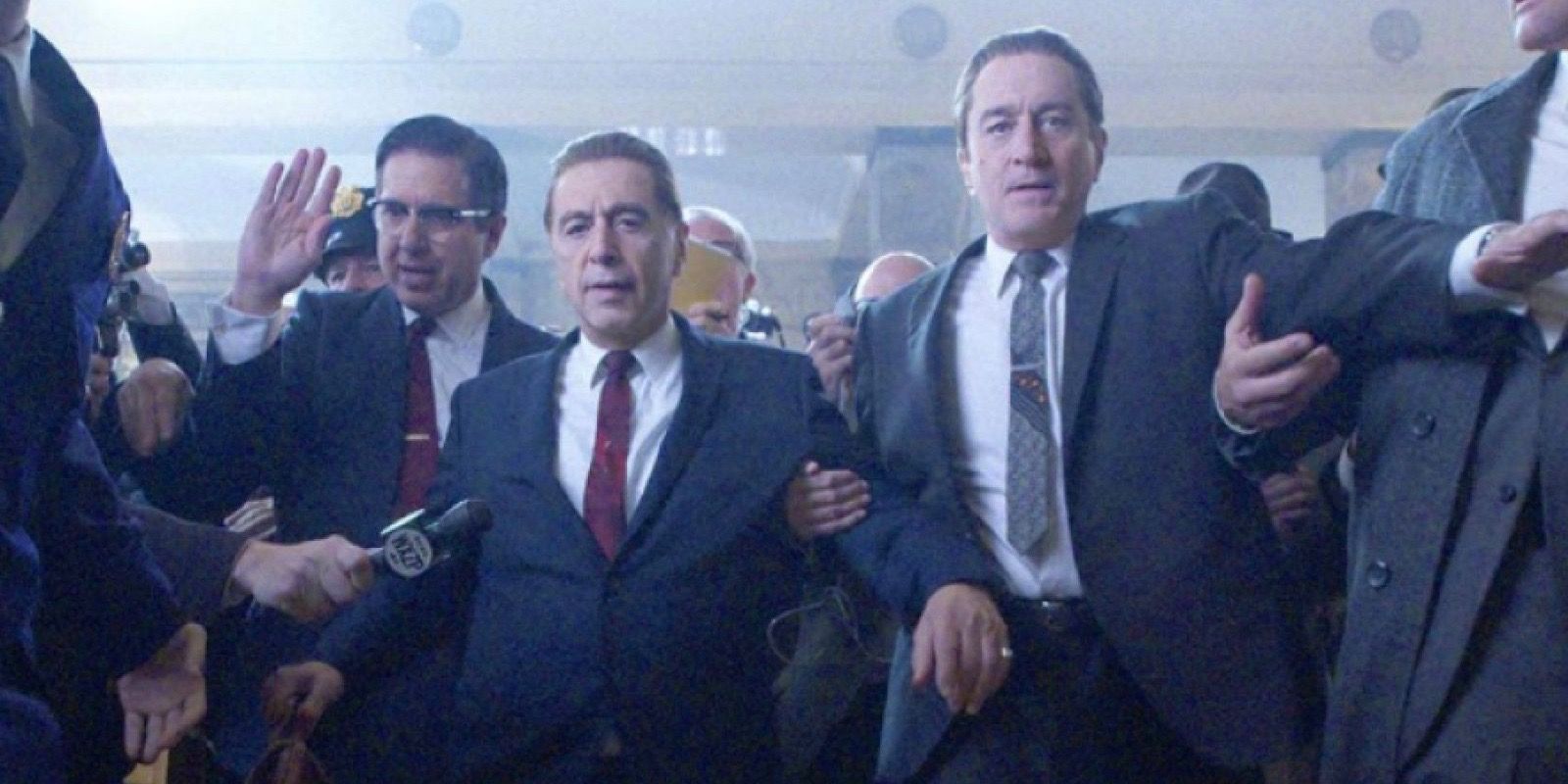
Everyone and their mums have heard and/or watched this film by now and for good reason: Martin Scorsese’s latest masterpiece and another great collaboration between Al Pacino and Robert DeNiro (referring here to Heat, not Righteous Kill, even though it was bashed more than it deserved), this film was one of the few Netflix Originals to receive 10 Oscars nominations and 5 Golden Globes nods.
The film follows the narration of an elderly Frank Sheeran (DeNiro) as he tells of his time as a hitman for a criminal organisation in 1950s Philadelphia.
9 It’s A Mad, Mad, Mad, Mad World (1963) - 3 Hours & 30 Minutes
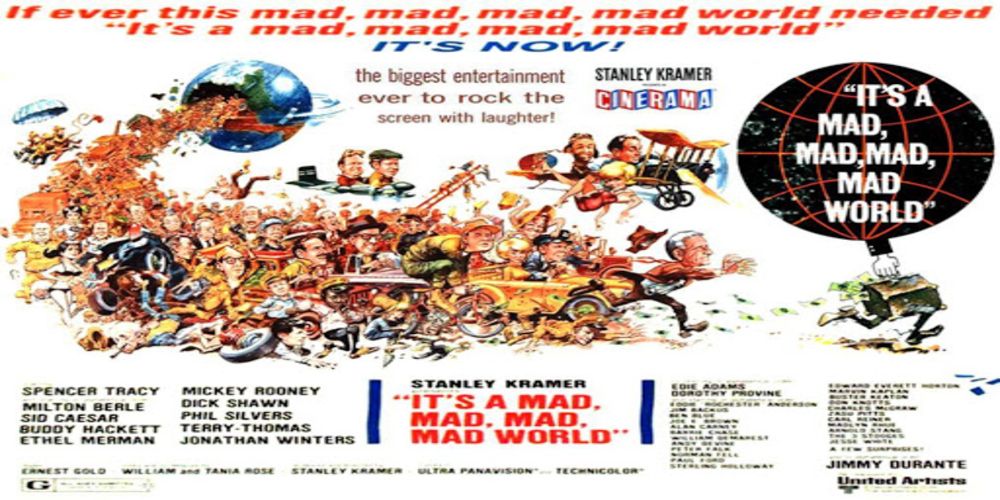
It’s so easy to miscount the “mads." This epic comedy film by Stanley Kramer (famous for Guess Who's Coming To Dinner and Inherit The Wind) tells the story of the race for the $350,000 that "Smiler" Grogan hid after he committed a robbery and before he was imprisoned for 15 years.
When he crashes on the highway, five people stop to help: a dentist, a mover, two friends going to Las Vegas, and an entrepreneur (sounds like the beginning of a joke). Moments before his demise, Grogan talks about $350,000 buried in Santa Rosita State Park under a large W marking. This film had so many cameo appearances by then-famous or soon-to-be-famous actors (including the comedic trio Three Stooges) that it would be difficult to list them all.
8 Ben-Hur (1959) - 3 Hours & 32 Minutes
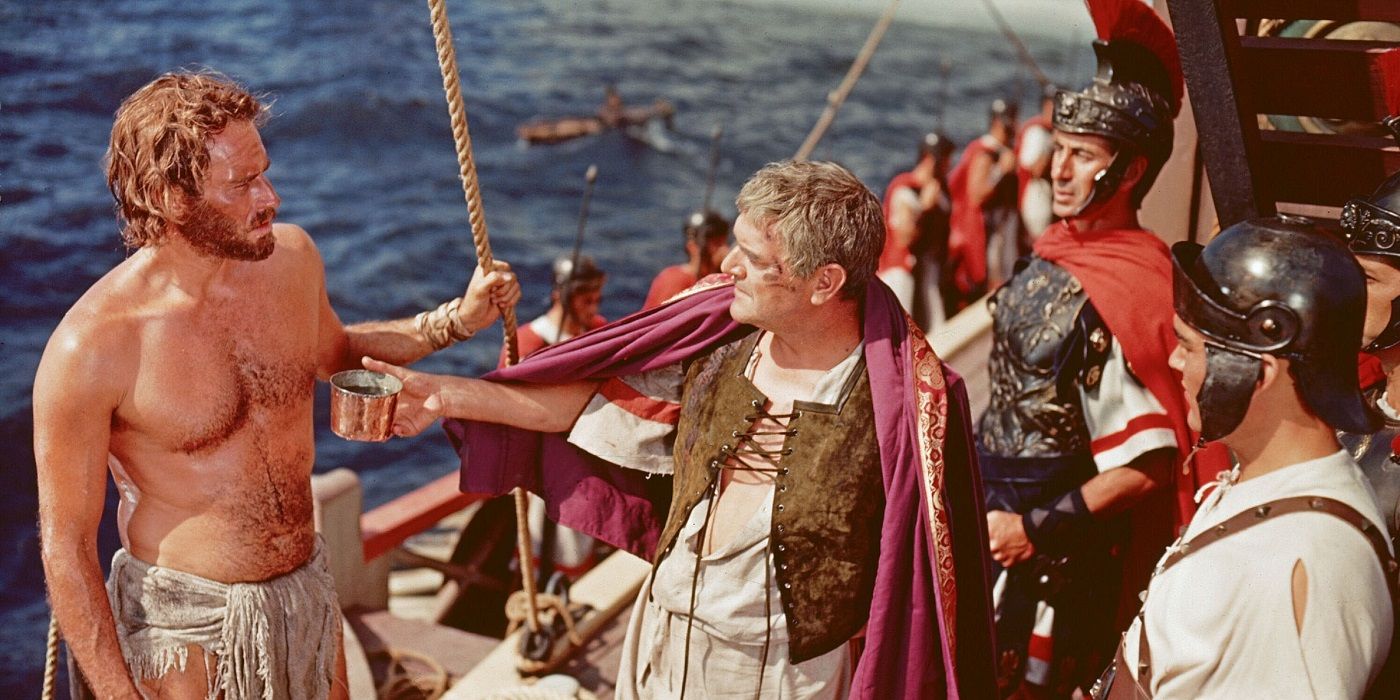
This epic of magnificent proportions and true marvel of cinematography (especially considering its time) tells the story of Jewish nobleman Judah Ben-Hur. He lives in Roman-occupied Jerusalem with his family and dreams of a free Jewish people; the latter causes him to clash with his friend and Roman Tribune (officer above a Centurion) Messala, who will later betray him in his anger and send him as a slave in a Roman galley.
After many journeys and trials, Judah returns home to free his family and take revenge once and for all. At the time of its release, Ben-Hur broke the record for biggest film budget as well as largest original sets built, and was the first film to win 11 Oscars.
7 Heaven’s Gate (1980) - 3 Hours & 39 Minutes
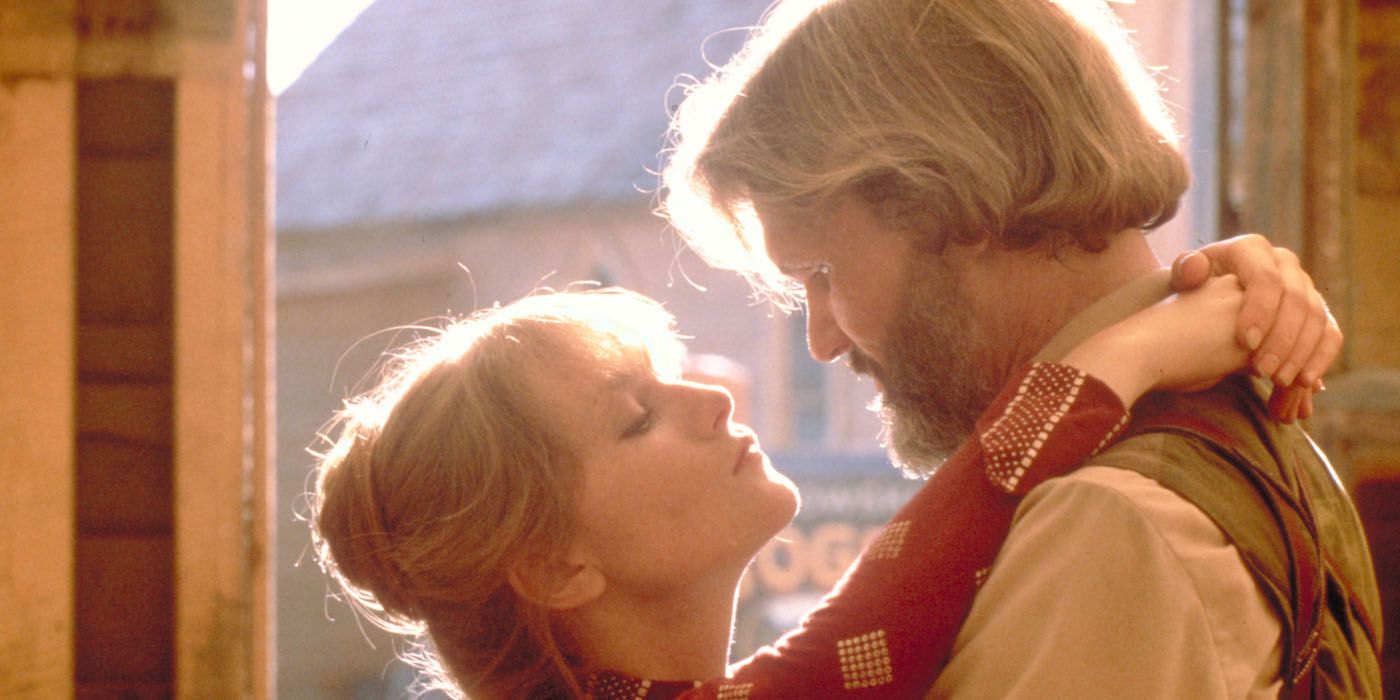
This Western film by Michael Cimino (known for The Sicilian and the celebrated The Deer Hunter) is roughly inspired by the Johnson County War and depicts a fictional clash between land-barons and European settlers in Wyoming towards the end of the 19th century.
It is notably one of the biggest box office failures in history, earning $3.5 million against a budget of $44 million. Another noteworthy tidbit about this epic is that it was also the very first film to feature Willem Dafoe. Although it was critically scathed by its contemporary critics, later edits of the film won universal acclaim and restored it as a significant part of cinematic history.
6 Gods & Generals (2003) - 3 Hours & 39 Minutes
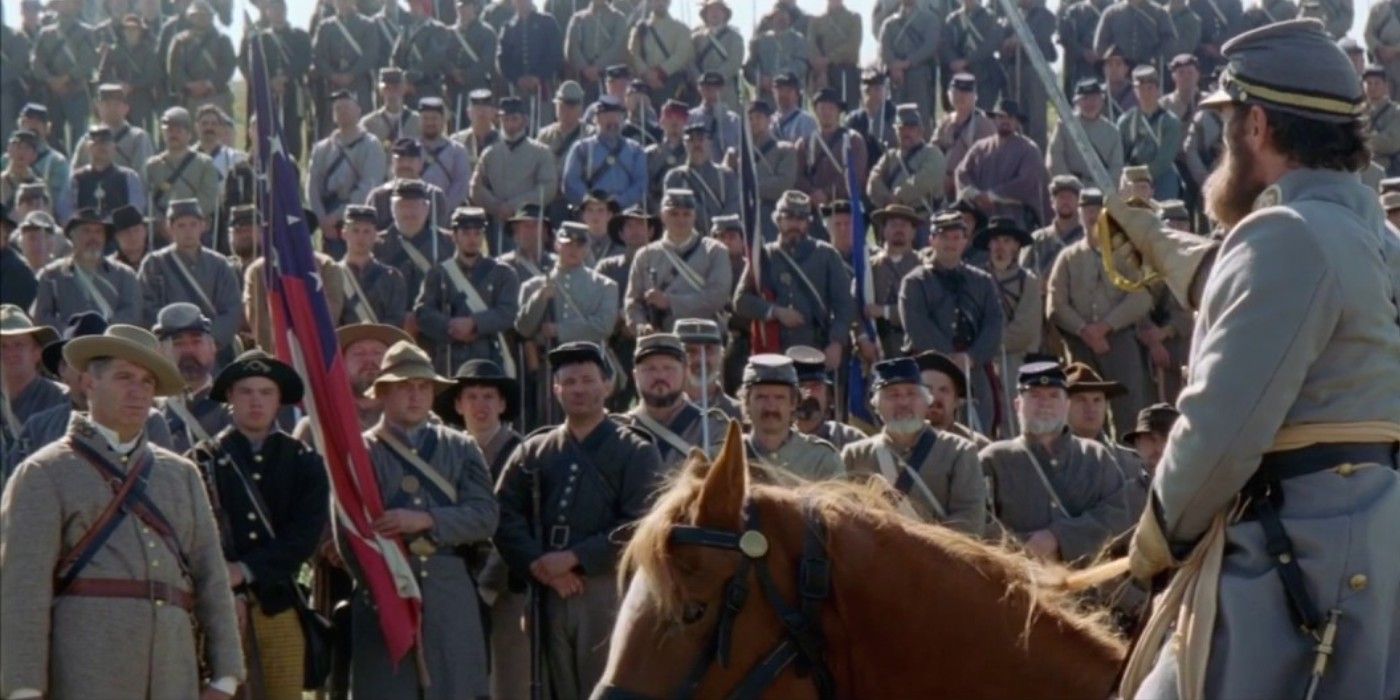
This 2003 period war drama from director Ronald F. Maxwell was a prequel to his 1993 film Gettysburg (another considerably long film). It studies the early days of the American Civil War through the points-of-view of three men: Col. Joshua Lawrence Chamberlain (Jeff Daniels), who abandoned a simple life as a college professor to develop into one of the Union's supreme strategists; Gen. Thomas "Stonewall" Jackson (Stephen Lang), a deeply religious man who defended the Confederacy, and the infamous Gen. Robert E. Lee (Robert Duvall), who led the Confederate military.
The film was badly received and criticized for being sanctimonious with obvious Confederacy sympathies, but even its harshest critics found it hard to not be awestruck by Gods and Generals' sheer scale and the spectacle of the recreated battles between the North and South.
5 Lawrence Of Arabia (1962) - 3 Hours & 42 Minutes
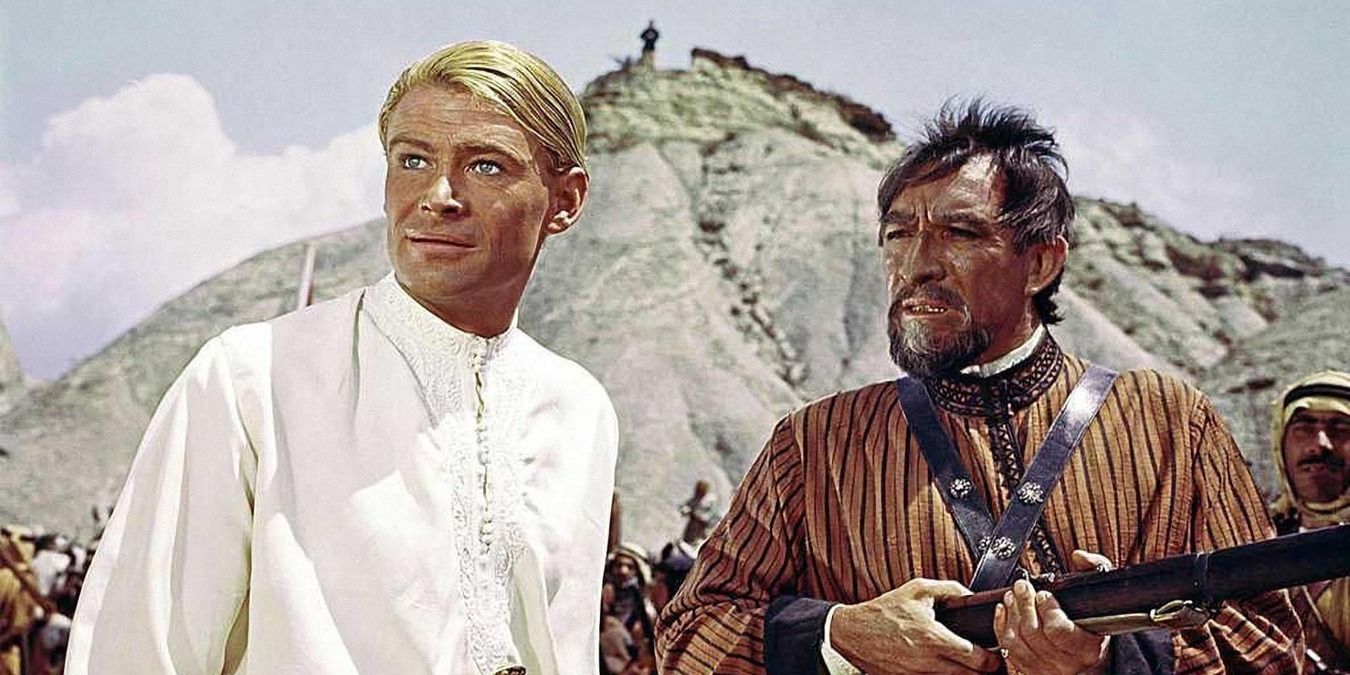
This epic historical drama is based on the autobiography Seven Pillars Of Wisdom of British Colonel Thomas Edward Lawrence, who served as a contact officer with revolutionary forces during the Arab Revolt against the Ottoman Turks in the 1916-1918 period. Probably in the fashion of Citizen Kane, this film starts after Lawrence’s death at his memorial, where a journalist tries to gain insight into his life. Then, through a lengthy flashback, we follow his days in the Ottoman Empire during WWI.
It should be noted that even though this film is rightfully recognized as a cultural and artistic milestone, it is nevertheless a prominent and early example of the white-savior trope in American films, as well as of whitewashing in cinema.
4 Once Upon A Time In America (1984) - 3 Hours & 49 Minutes
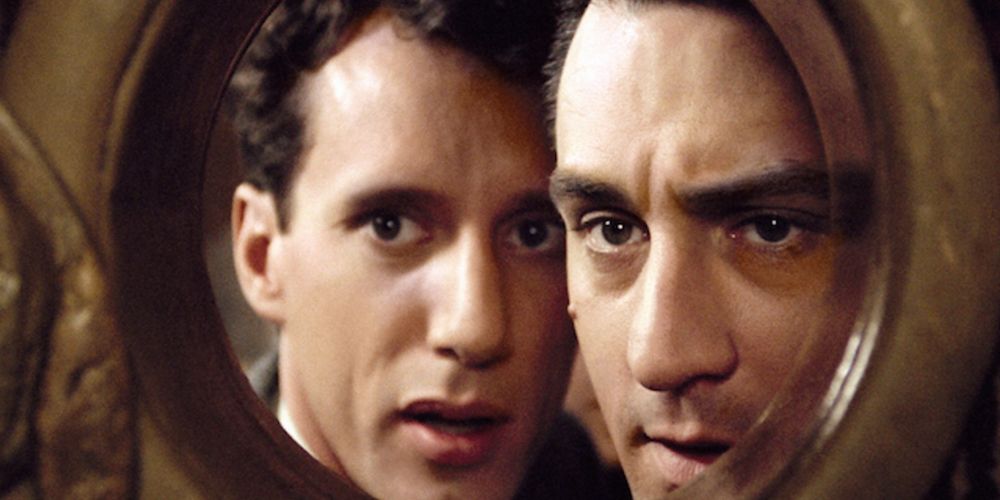
This crime drama film by Sergio Leone (famous for his many collaborations with Clint Eastwood for the Dollars Trilogy) spans almost 40 years and follows David "Noodles" Aaronson (Robert De Niro) and his Jewish friends Patrick Goldberg and Philip Stein. The epic chronicles their youth on New York's Lower East Side in the 1920s, their mobster dealings in the 1930s, and concluding with Noodle's 1968 return to New York from self-inflicted banishment, upon which he finds out the reality of the ultimate fate of his friends and once more faces the nightmares of his earlier life.
The full film was highly praised for Leone’s directing, the stunning cinematography, and the performances, although the same couldn't be said for its debut. Its initial theatrical run - which was heavily edited and shortened to a mere 2 hours and 19 minutes - received mixed reviews at best before the full director's cut redeemed it years later.
3 Hamlet (1996) - 4 Hours & 2 Minutes

Anyone out there who majored in English and/or Theater Studies has probably watched this gargantuan adaptation. One of the longest (if not the longest) Shakespeare films ever made, and by far the most faithful one, this film brings to the big screen the story of Hamlet, the melancholic prince of Denmark who is visited upon by his father’s ghost, who urges him to unveil his uncle’s crimes and avenge his murder.
The film gained prominence under the direction of Kenneth Branagh (who also portrayed the titular hero) and with Derek Jacobi (a celebrated Shakespearean actor) as King Claudius.
2 Kill Bill: The Whole Bloody Affair (2011) - 4 Hours & 7 Minutes
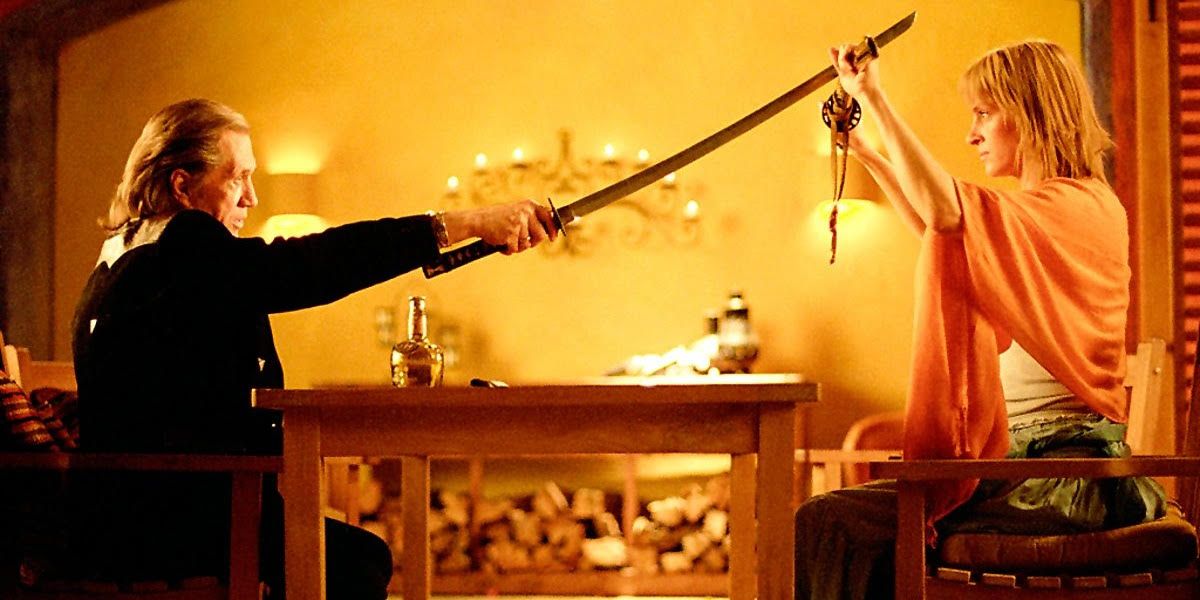
Do not get too excited, this is not a new or different version of Kill Bill; instead, it is the two volumes united into one very long film with extensions to the animated sequences, a colored version of the big “House Of Blue Leaves” fight (instead of the original black-and-white cut) which really adds to the gory aesthetic, and a couple of very small omissions.
Tarantino announced the creation of this at the 2008 Provincetown International Film Festival that would be released in 2009. These cuts of the two films had never been screened in the US before the time, but only at the Cannes Film Festival.
1 Cleopatra (1963) - 4 Hours & 8 Minutes
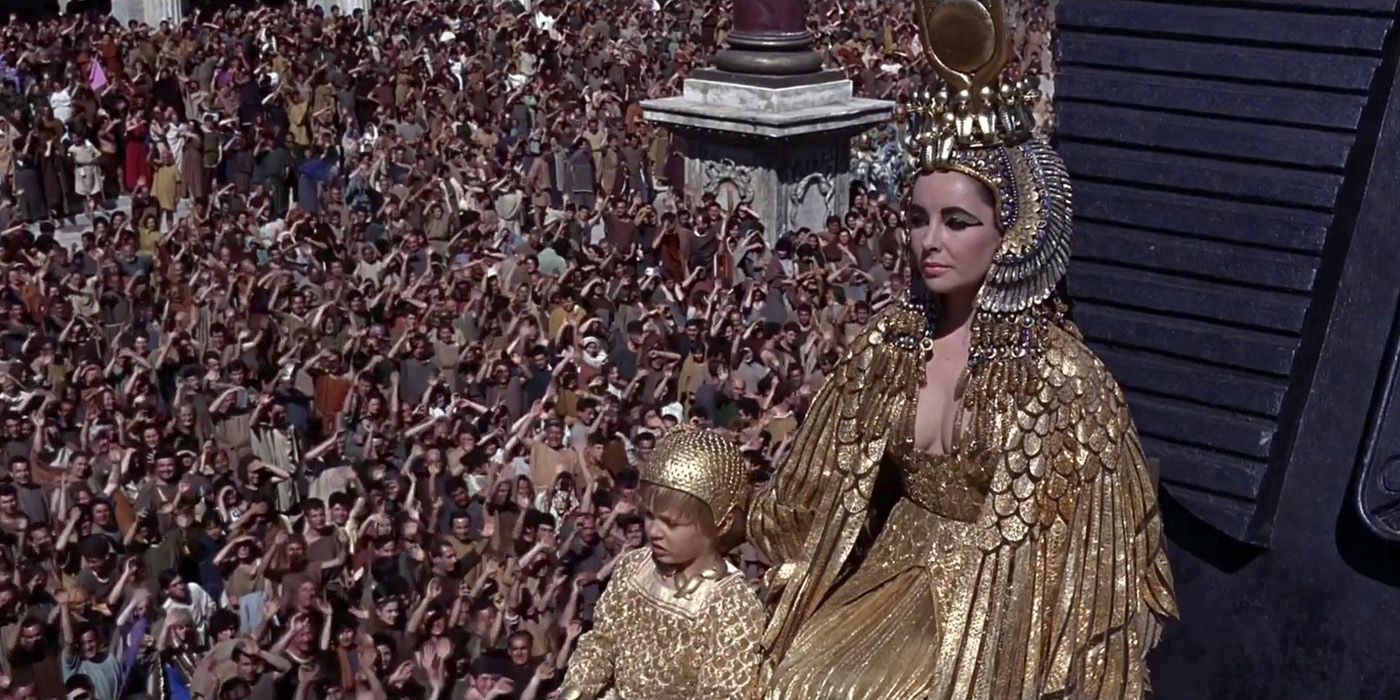
This visually striking (and almost too much, sometimes) epic historical film tells the story of Cleopatra (Elizabeth Taylor), the most famous female pharaoh in Egyptian history. The movie narrates her efforts to resist the imperialist and authoritative tendencies of the Roman Empire, while navigating political rivalries and romantic relations with Julius Caesar and later his adopted son, Marcus Antonius.
This film broke Ben-Hur’s record of the most expensive film up to that point at a budget of $31.1 million, nearly bankrupting 20th Century Fox. However, the risk was worth it as Cleopatra became one of the highest-grossing films of its decade, gaining almost $100 million.
from ScreenRant - Feed https://ift.tt/2Rr6Wbc





No comments: